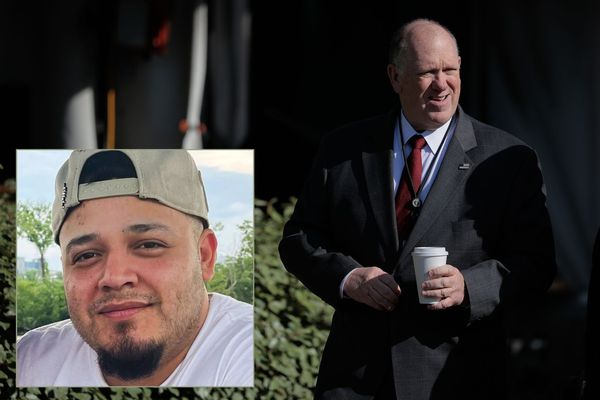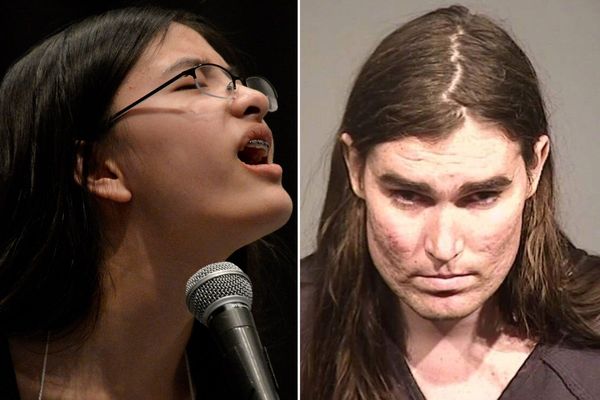
In 11 seconds shackled prisoner Dwayne Johnstone slipped two custody officers, ran across a road, up a ramp and was shot in the back.
Those events - captured in grainy CCTV footage outside Lismore Base Hospital on March 15, 2019 - form the basis of a murder trial in the NSW Supreme Court that began on Wednesday.
Officer A, as he's known publicly for legal reasons, has pleaded not guilty to murdering Mr Johnstone, who was being escorted out of the hospital when he shoved another correctional services officer and ran.
Albeit with his wrists and ankles restrained, the solid, 170cm-tall man moved "at some pace", the jury was told.
As the shoved colleague gave chase, Officer A drew his work-issued revolver and used words to the effect of "Corrections Officer - stop or I'll shoot".
After repeating it a second time, he shouted at his colleague to "get out of the road" and then fired.
The first two shots missed. The third round, four seconds after the last and at close range, felled Mr Johnstone.
"All this is happening in 11 seconds," crown prosecutor Ken McKay SC said in his opening address on Wednesday.
In a police interview the next day, the jury is expected to hear the officer admitting his shots were aimed at the centre of mass of Mr Johnstone's body.
If the jury accepts that admission, it would make up one element of the offence of murder, Mr McKay said.
The Crown also needs to prove beyond reasonable doubt that Officer A intended to cause really serious injury, or had a "full realisation that death was a probable consequence" of shooting at Mr Johnstone.
A third element requires the jury to be satisfied the action was without lawful cause or excuse, under the regulations determining when corrections officers could use their weapons.
"The Crown has to prove beyond reasonable doubt the accused did not believe it was necessary, or if was necessary, that belief was not based on reasonable grounds," Mr McKay said.
The shooting occurred in light rain and relative darkness and as Mr Johnstone ran up a ramp to a closed doctors' surgery.
"(Mr Johnstone was) posing no risk to any person at the time he was shot," Mr McKay said he expected the evidence to show.
Mr Johnstone had been arrested the day before and charged by Lismore for alleged assault and possession of a Taser. He was taken to hospital after a court remanded him in custody.
Officer A's defence counsel, Philip Strickland SC, will address the jury on Thursday.







